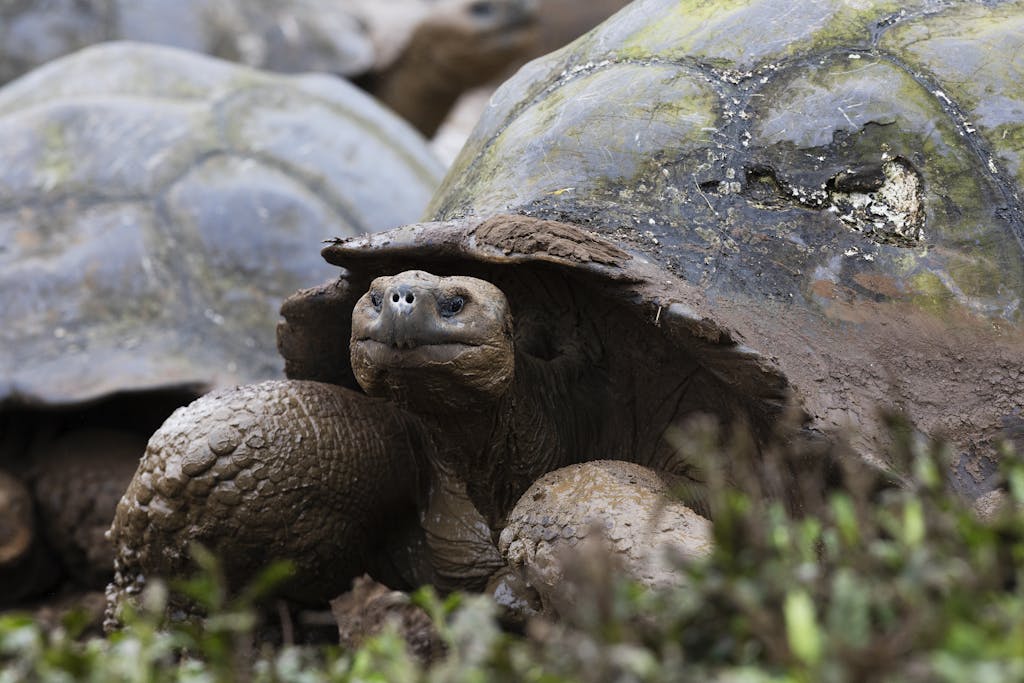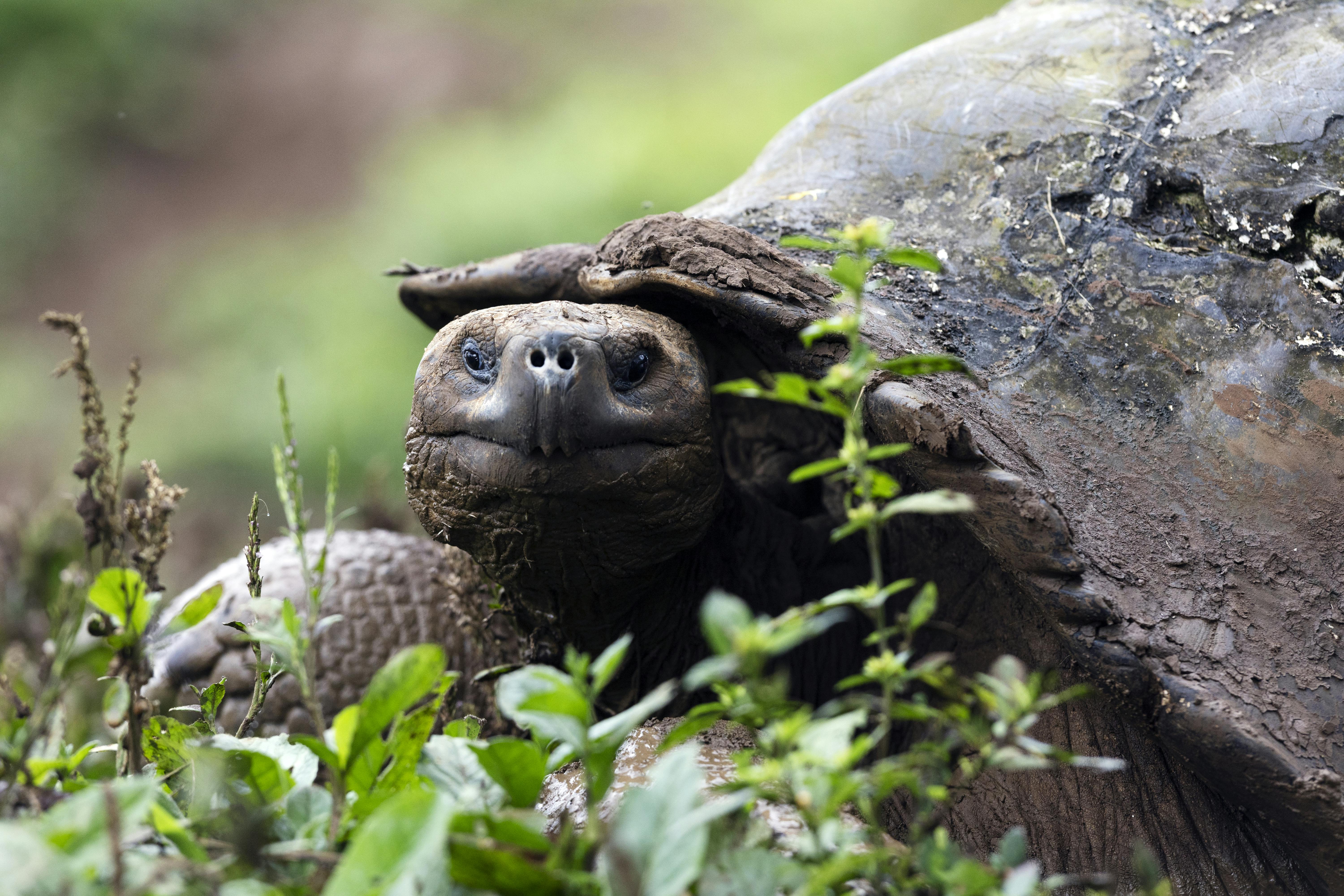Behind the Lens: Slowing Down With the Galápagos Giant Tortoise
With huge shells, a rich ecological history and a gentle pace, the Galápagos giant tortoise is a famous character on these islands.
Silversea expedition filmmaker Jorge Prigann spent time with these fascinating yet endangered animals that can live up to 120 years old during a trip southeast of San Cristóbal.
“The Galápagos giant tortoise made me realize that taking a slow pace goes a long way,” Jorge explains. “And also that these magnificent creatures have been here before us and will be even after us. It’s really wonderful to think that the same animal you get to meet as a child could still be there for future generations.”

Life in the slow lane
In Galápagos, the Santa Cruz highlands and Alcedo Volcano on Isabela have the largest populations of giant tortoises. These slow-moving creatures can miraculously survive up to a year without food or water and can spend up to 16 hours a day resting while spending other portions munching away on grass, leaves and cactus.
Trudging through the mud, comfortable with moving leisurely and taking in the joy of unhurried living, the Galápagos giant tortoises always inspire travelers. Their calm gaze through the lush greenery here emits tranquility to those who are used to modern life. One of those travelers, of course, includes Jorge.
“Getting to this site is really impressive,” says Jorge, who used his Canon EOS-1D X Mark III and a Canon EF 70-200mm f/2.8L IS III USM lens to film the tortoises. “You can feel how nature awakens at the rhythm of your breath, and with every step, you feel the crackle of leaves underneath your feet.”
Spending time with the Galápagos giant tortoises is almost as Jorge says, like traveling back in time — surely a wonderful way to witness the history of the archipelago.
Want to see the giant tortoises for yourself? Find the perfect cruise to take you to meet these amazing creatures.
